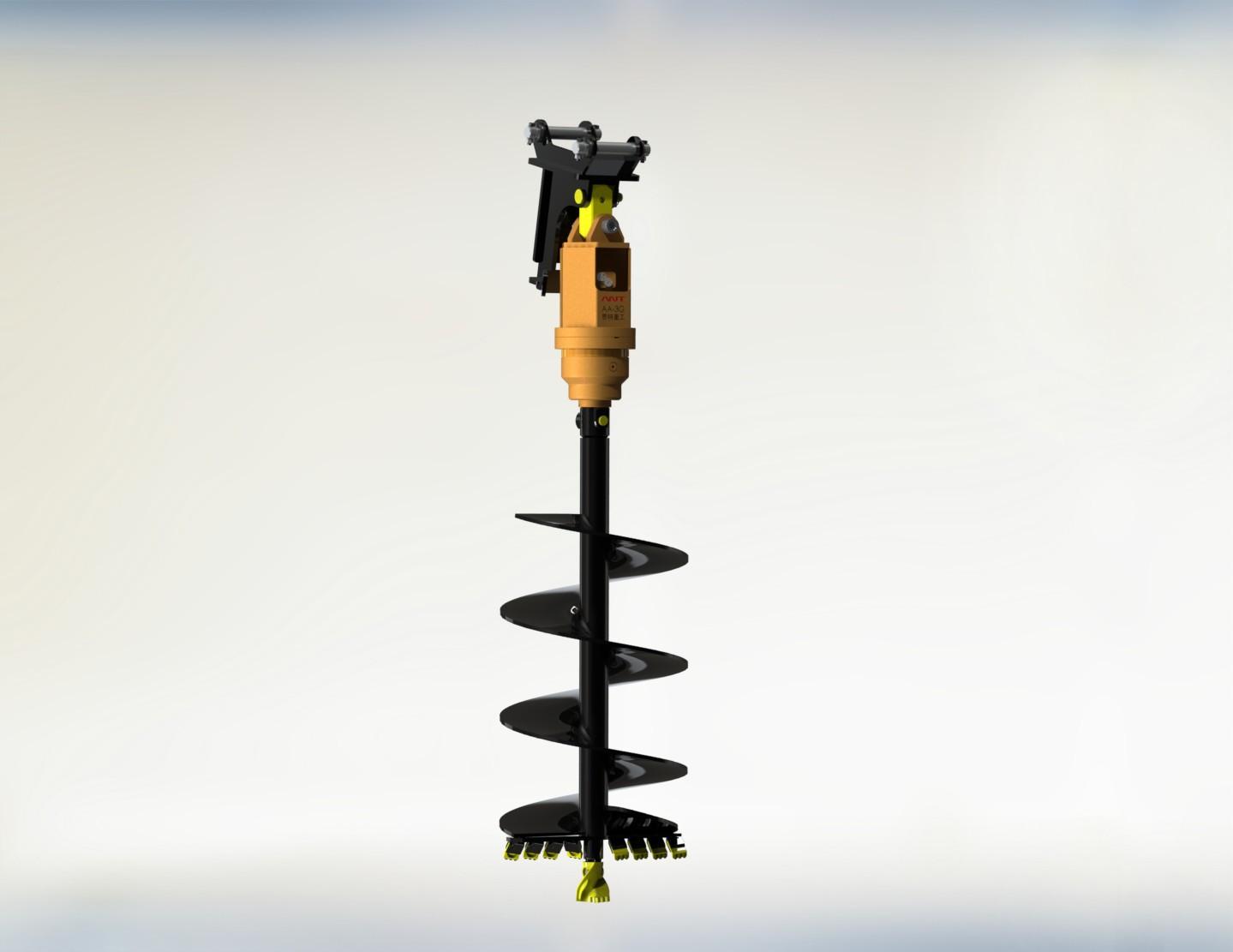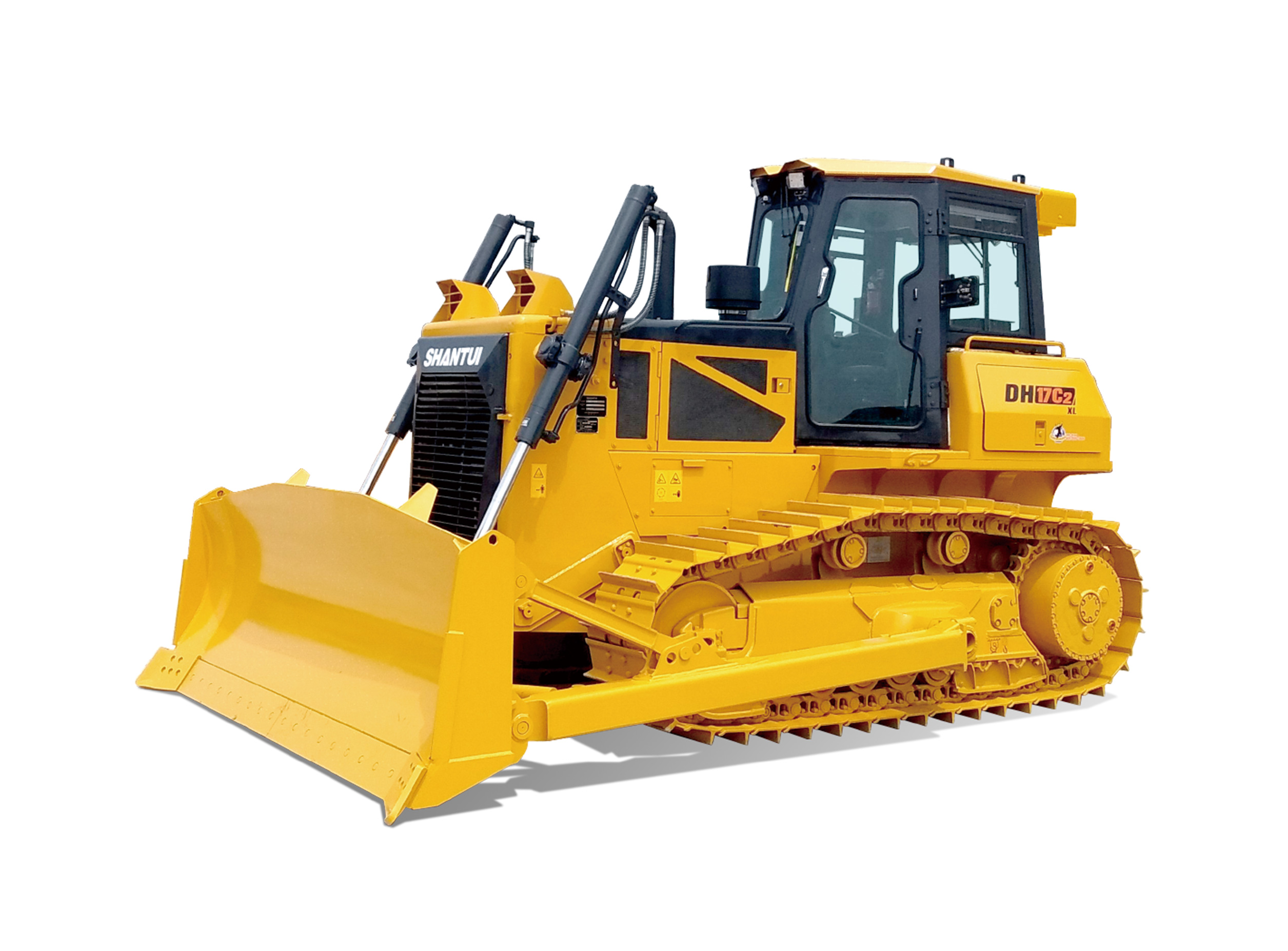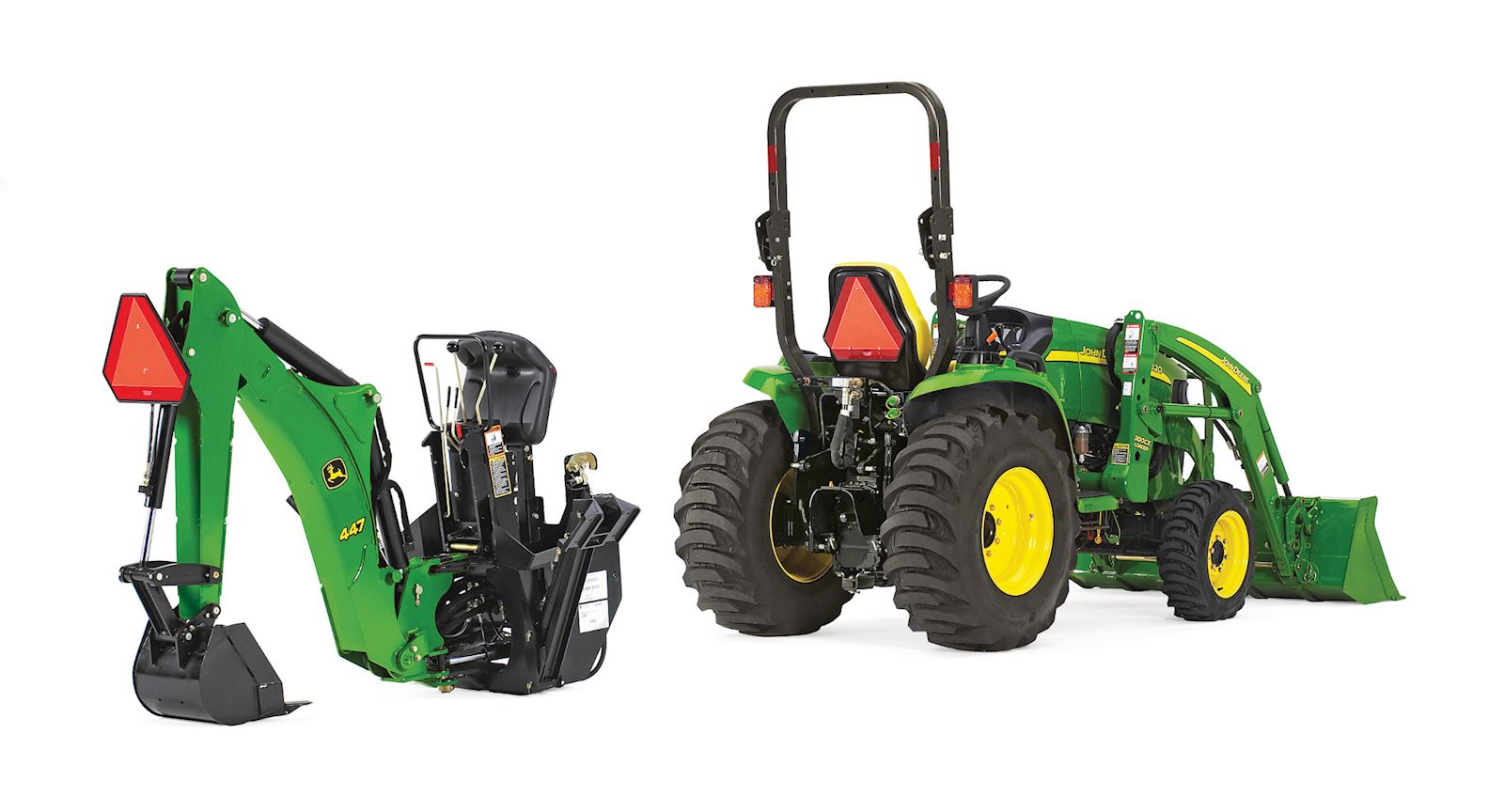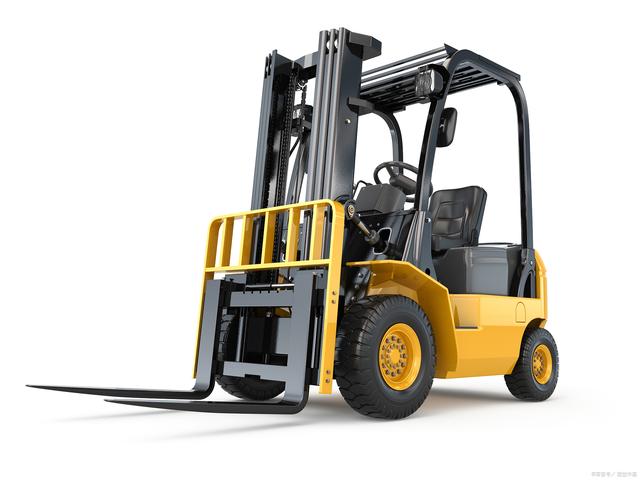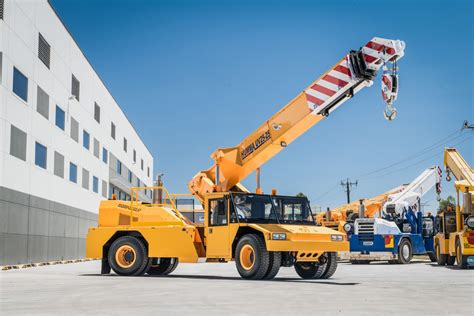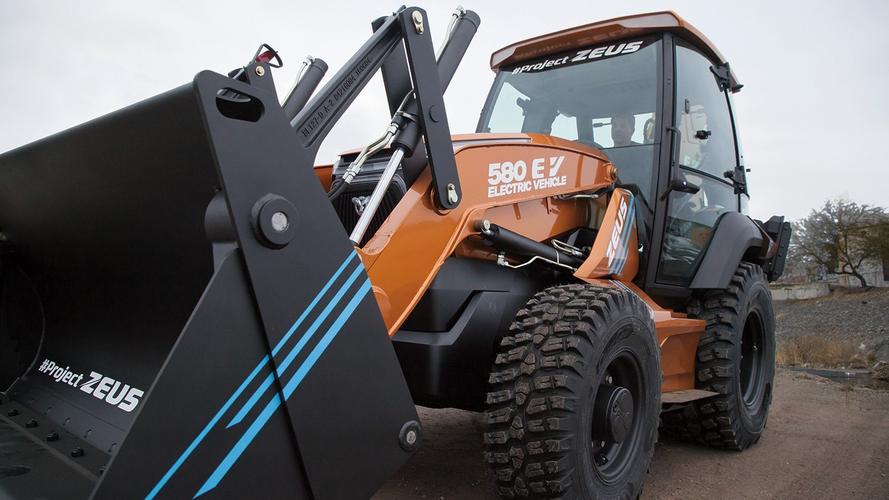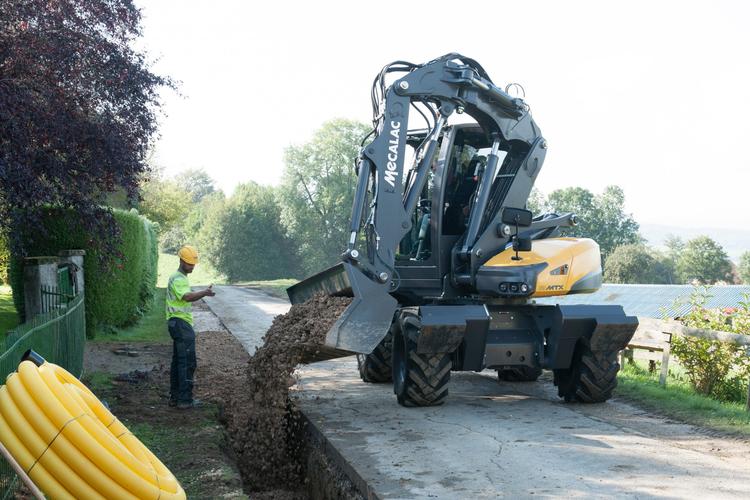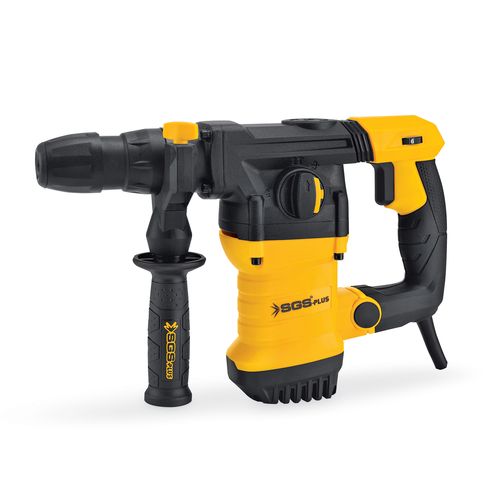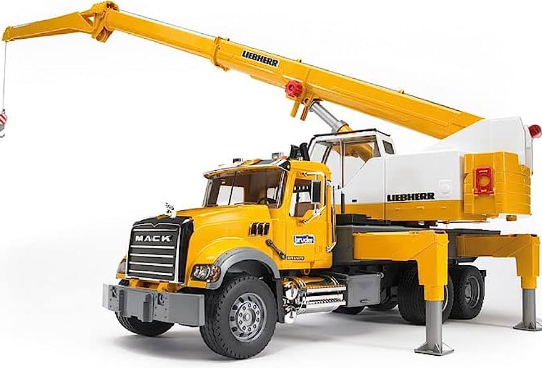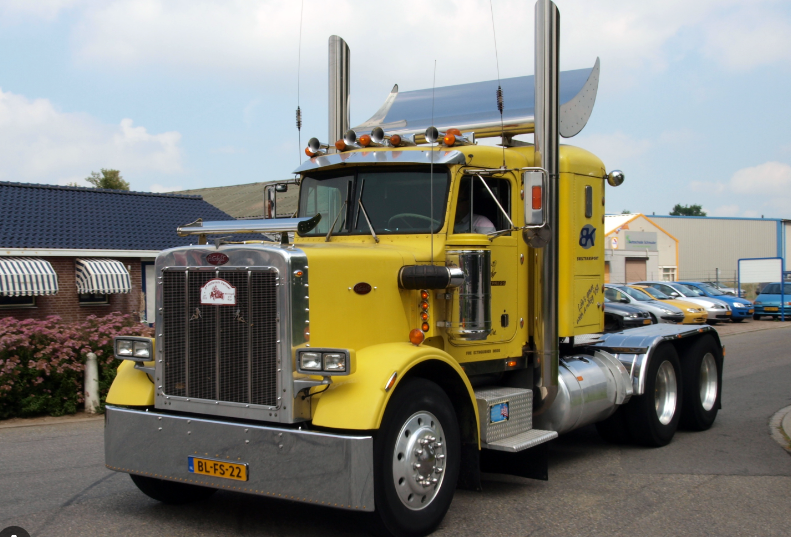Forklifts are an essential tool for many industries, such as manufacturing, warehousing, and construction. They can lift and transport heavy materials with ease, making work faster and more efficient. However, forklifts can also be dangerous if not operated properly. One of the most hazardous situations that can occur is forklift tipping over, which can lead to serious injuries or even fatalities. In this article, we will discuss what can make a forklift tip forward.
Causes of forklift tipping
Several factors can cause a forklift to tip forward, including:
- Overloading: One of the most common reasons for forklift tipping over is overloading. Exceeding the maximum weight limit of the forklift can result in instability and cause it to tip forward.
- Uneven surfaces: Another factor that can make a forklift tip forward is operating on uneven surfaces. Driving on slopes, bumps, or ditches can cause the forklift to lose balance and tip over.
- Speed: Driving too fast can also cause a forklift to tip over. Sudden turns or stops can cause the load to shift, and the forklift's momentum can cause it to tip forward.
- Driver error: The operator's error is another significant cause of forklift tipping over. Not following safety guidelines, such as carrying loads too high or too far forward, can destabilize the forklift and make it tip over.
Preventing forklift tipping
To prevent forklift tipping over, it is essential to follow safety guidelines and best practices. Here are some tips to help prevent forklift tipping:
- Regular maintenance: Keeping the forklift in good condition is crucial to prevent tipping. Regular maintenance, including checking for leaks and wear and tear, can identify problems early and prevent accidents.
- Load handling: It is essential to handle loads properly to avoid tipping. Make sure the load is within the forklift's capacity and that it is positioned correctly on the forks.
- Safety checks: Pre-shift safety checks, including examining forklift components and inspecting the work area, can identify potential hazards and prevent accidents.
- Driver training: Proper training is vital to ensure that operators understand safe forklift operation. It covers topics such as load handling, maneuvering, and inspection.
Responding to a forklift tipping
Despite taking precautions, accidents can still happen. Knowing how to respond to forklift tipping is critical in minimizing injuries and damages. The following steps should be taken:
- Stay seated: The operator should stay seated and hold onto the steering wheel until the forklift comes to a complete stop. Jumping out of the forklift can cause more injuries.
- Shut off the forklift: Turn off the forklift's engine to prevent further damage or accidents.
- Contact emergency services: If there are any injuries or substantial damage, contact emergency services right away.
- Report the incident: Report the incident to the relevant authorities and investigate the cause to prevent future accidents.
Conclusion
Forklift tipping over can result in severe injuries or even fatalities. Therefore, it is crucial to understand what can cause forklift tipping and how to prevent it. By following safety guidelines, proper training, and regular maintenance, we can reduce the risk of forklift tipping and ensure a safe work environment for everyone.
"
